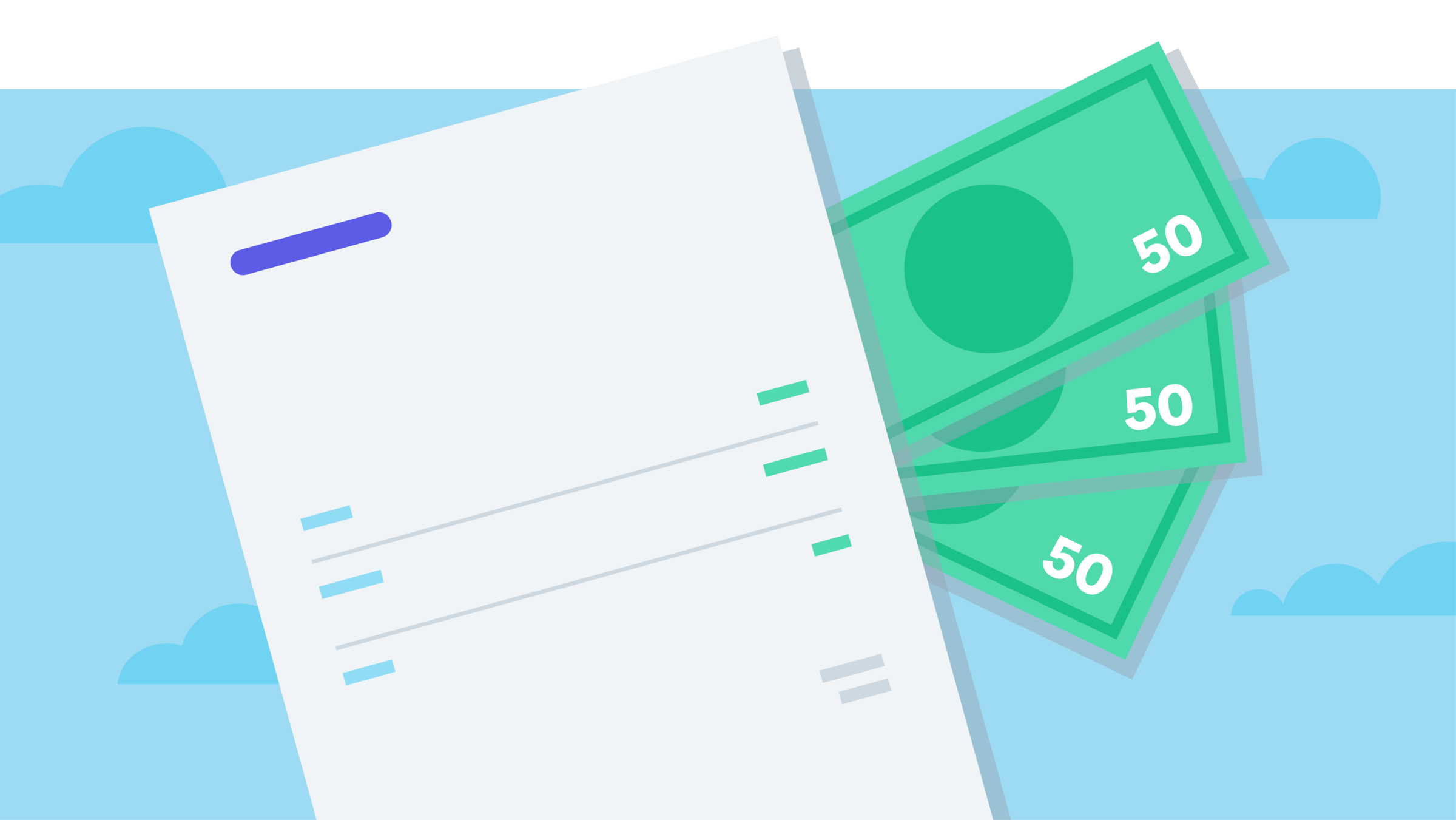Accounts payable process explained
Learn the steps to accounts payable to protect your relationships, your reputation, and your cash flow.

Published Tuesday 19 December 2023
What is accounts payable
Accounts payable (AP) refers to bills that your business owes. The full-cycle accounts payable cycle runs through several steps – from when you first get quotes right through to approving and executing payments.
Why it matters
Paying bills on time keeps suppliers sweet – and happy suppliers often reward customers with on-time-payment discounts or longer payment terms. Even if they don’t, it’s nice not to have to screen your calls when the phone rings.
A well organised AP process is also a critical part of a cash flow management strategy. When managed through accounting software, it can stop you from running out of money.
Accounts payable process steps
Accounts payable starts when you order products or services and finishes when payments are made. Let’s break it down.
1. Placing orders
Be super clear when placing orders. Your vendor needs to know precisely what you want in order to deliver on it. Carefully review quotes and estimates to ensure they match your order and double check they fit within your budget.
Talk about payment terms before you green light the expense. Find out when payment will be due and ask if there’s any flexibility. Hopefully you won’t need it, but it pays to know.
When price and payment terms are agreed, authorise the expense. If it’s part of your process, this is when you’d assign a purchase order (PO) number. Your customer would include the PO number on the invoice to help you track the expense. Finally, make sure the supplier knows where to send their invoice so there aren’t any frustrating administrative delays.
2. Receiving invoices
Try to use a dedicated email address for receiving invoices. That way all your bills will land in one single place and, what’s more, you’ll have digital copies which are easier to search and find. Software like Xero can automatically scan emailed bills and create a report of what you owe and when.
Open all bills upon receipt to check there aren’t any nasty surprises.
3. Approving (or disputing) invoices
Make sure the invoice details the goods or services that you received, and double check that the cost is correct. If required, forward the invoice to partners or project managers for final review.
Contact the supplier as soon as possible if you see any mistakes. These conversations are never easy, but the sooner you reach out, the better. You need to address issues while the bill is fresh in everyone's minds, not when it's overdue.
4. Recording the amount owed
Once you've reviewed the invoice for accuracy, record how much you owe and when the bill is due. If you use accrual-based accounting, you should enter the expense into your accounting records as soon as you record the invoice. If you use cash-based accounting, you won't do this until you actually make the payment (learn more about cash vs accrual accounting).
Record any GST that you may be able to reclaim. Save a copy of the invoice for your records. That way you'll have it if your tax return gets audited. If you're dealing with paper invoices, scan or photograph them so you don't get weighed down with paper.
5. Scheduling payment
If the stars align, you want to schedule the payment for a time when you’ll have ample cash to cover it – and you’ll be able to access any early-payment discounts. Those interests sometimes compete.
If you're using accounting software, the scheduled payment will flow straight through to the cash flow forecast. You can use that view to see if you’ll actually have the money to pay the bill on time. If not, be proactive about making adjustments.
If you’re not using software yet, start by downloading our free cash flow forecasting template.
If you think you won't be able to make the deadline, contact the supplier to negotiate a new due date or set up a payment plan. Try to avoid using credit cards or bank credit as they will generally result in extra interest costs. That said, sometimes you need to lean on credit so that you can keep the supplies coming and stay on top of the bills. If you find you’re using credit a lot, ask a bookkeeper or accountant to look at your finance arrangements. They may have ideas for getting you caught up or refinancing to lower your interest payments.
6. Executing payment
At this point, the invoice is approved and the payment is scheduled. Now, all you have to do is make sure that you follow through and make the payment as planned. To ensure you don't forget to actually execute the payment, consider scheduling automated payments, creating a dedicated time for paying invoices, or using your accounting software to set up reminders.
7. Recording payment
Once you make the payment, the AP process is complete. If you use cash accounting, you can enter the expense into your accounting ledger at this time. Now, the paid bills are no longer part of accounts payable.
How to automate accounts payable
There are lots of moving parts in accounts payable. Software like Xero will:
- read emailed invoices and enter the amounts and due dates into your accounts payable
- show your projected cash balances on the due date (and after paying the bill)
- automatically enter amounts into your accounting ledger at the right time
Disclaimer
Xero does not provide accounting, tax, business or legal advice. This guide has been provided for information purposes only. You should consult your own professional advisors for advice directly relating to your business or before taking action in relation to any of the content provided.
Start using Xero for free
Access Xero features for 30 days, then decide which plan best suits your business.